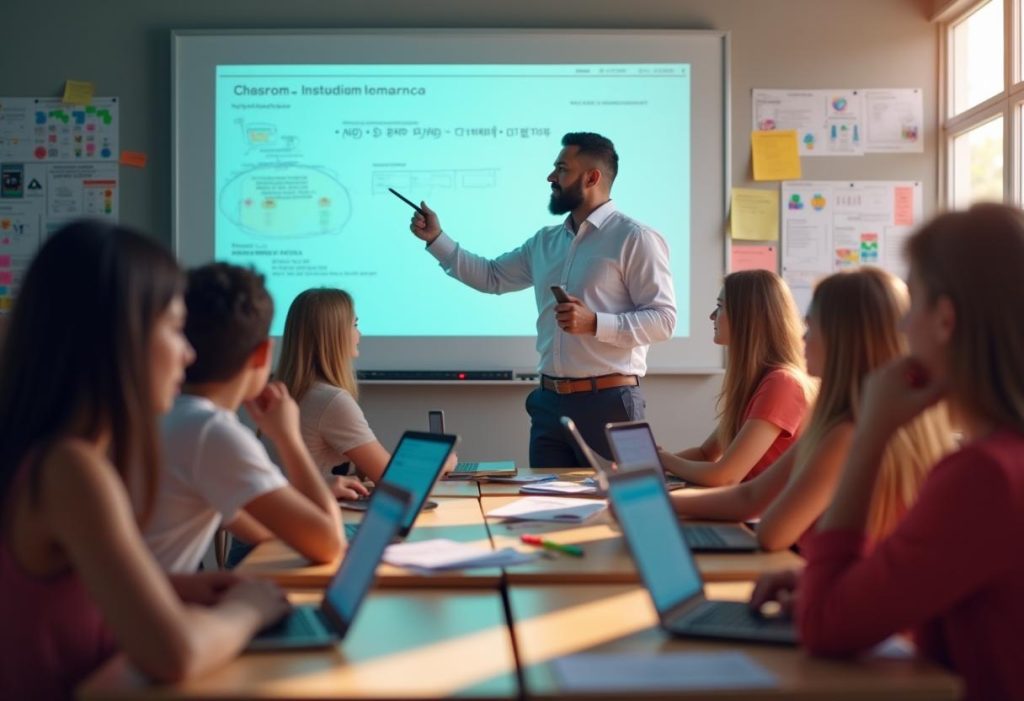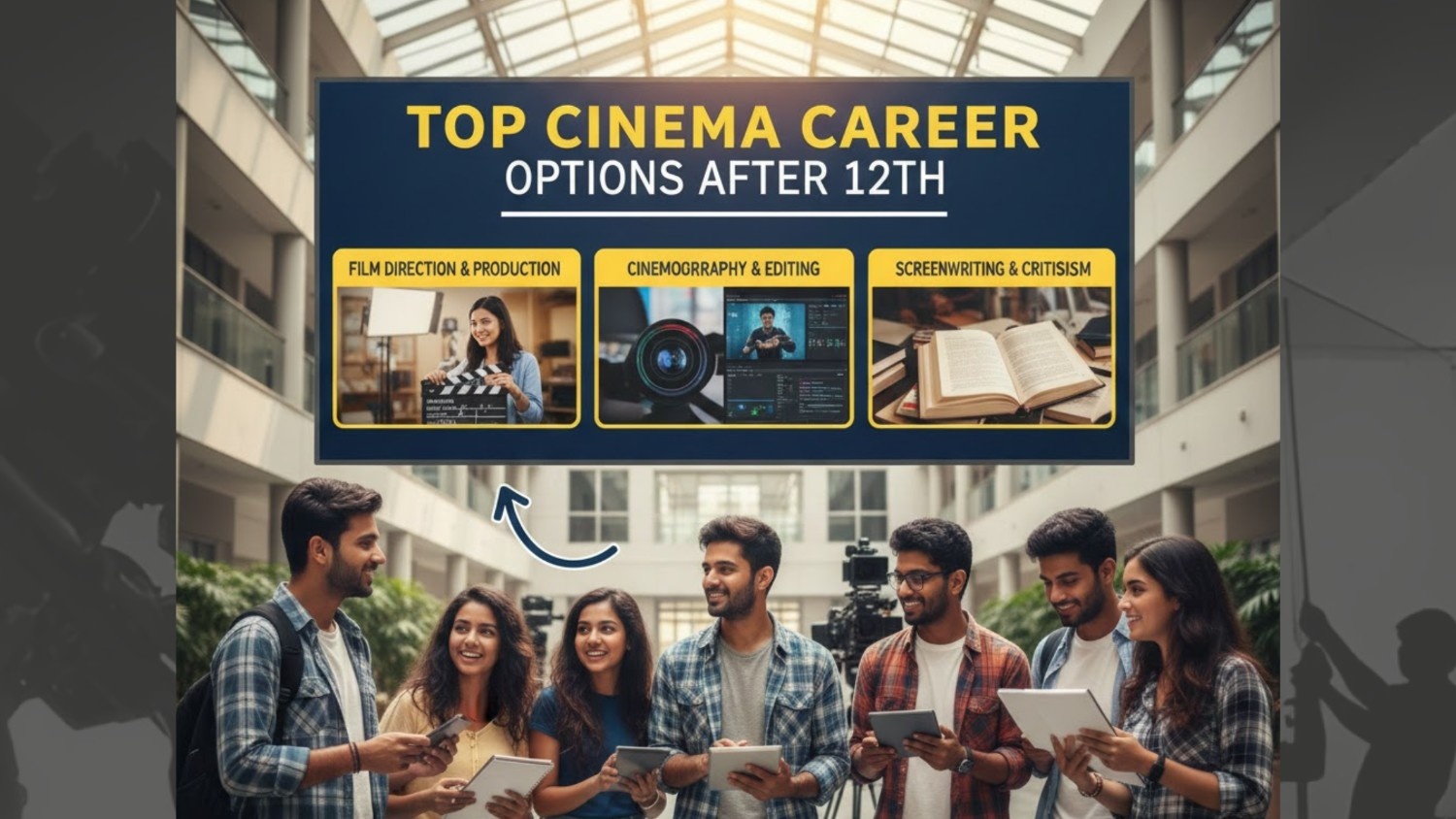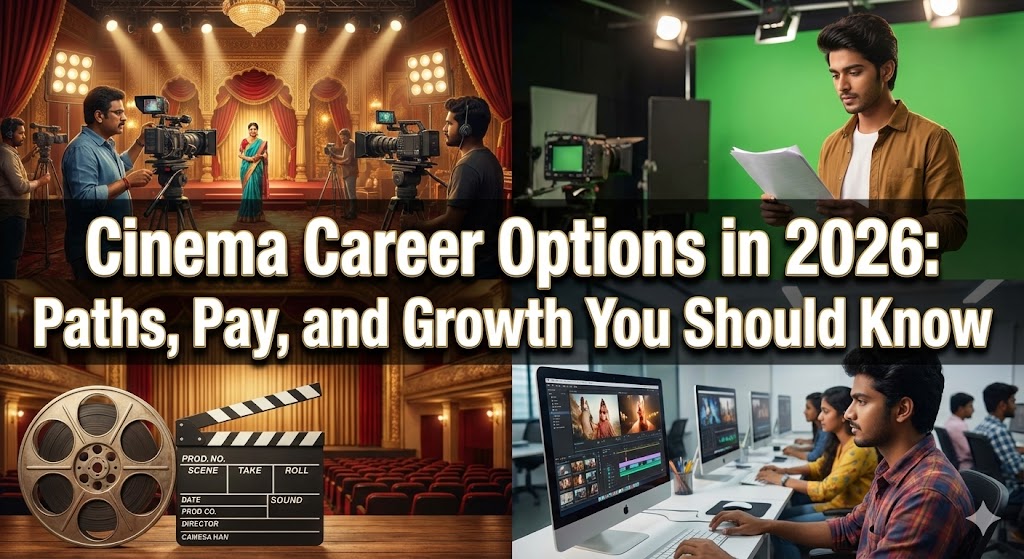The Impact of Technology on Education in Classrooms
Ed-tech is the way forward for an accessible, affordable, collaborative, and largely digital education system. The integration of technology in education, particularly in the post-pandemic years, has transformed classroom teaching and learning. We have come a long way—from smart boards to digital classrooms, online classes, and digital libraries & archives.
Government initiatives dealing with e-learning platforms, MOOCs, repositories of scholarly materials, and national digital libraries have made the impact of technology on education lasting, visible, and accessible. Online learning in India has also taken off recently, with students from every corner coming together. It has made our lives easier, letting us optimize all the available tools and resources and learn about anything sitting in the comfort of our homes.
This article will take you through all the advancements and changes in education brought by technological innovations.
Technological Advancements and Their Implications
Even though the seamless blending of AI and other technology in education has altered our teaching and learning processes, we rarely pause to notice the massive transformations that make learning more convenient and the mediums more flexible.
Do you want free career counseling?
Ignite Your Ambitions- Seize the Opportunity for a Free Career Counseling Session.
- 30+ Years in Education
- 250+ Faculties
- 30K+ Alumni Network
- 10th in World Ranking
- 1000+ Celebrity
- 120+ Countries Students Enrolled
The advent of these mediums is challenging teaching and Learning in a traditional classroom setting. The education system is dynamically evolving, with students and teachers staying updated, keeping up with the latest innovations, and adapting to constant change.
Here are some key innovations that highly influence online learning in India –
MOOCs
MOOCs or Massive Open Online Courses are perfect for anyone who wants to pursue a career in a niche, learn a new skill, or opt for short-term courses for better job opportunities.
Book Now →
These are affordable, have a flexible approach, and can be accessed from anywhere. The platforms offer digital study materials, video lectures, assessments & evaluations, quizzes, discussions, and interactive curricula.
There are tens of courses on design, sciences, humanities & arts, management, and much more. These courses aim to equip the learners with content and resources that meet the industry standard and make learning accessible for people across India.
E-Learning Platforms
Platforms like SWAYAM and NPTEL offer a plethora of courses on different disciplines. These are expert-guided, with curricula that focus on understanding the subject. There are e-learning platforms in India that offer degrees, certifications, and vocational courses.
Do you want free career counseling?
Ignite Your Ambitions- Seize the Opportunity for a Free Career Counseling Session.With high-quality video lectures, study materials, and digital textbooks, they allow you to access top-of-the-line resources. If you want to upskill or venture into a related but new field, e-learning platforms are a great way to proceed.
Read Also: Traditional Marketing vs. Digital Marketing: Key Differences
Digital Textbooks & Study Materials
Imagine accessing all your textbooks, study materials, notes, and assignments from your computer or phone. This is exactly was digital textbooks do. They allow anyone with a smartphone to download and use e-resources irrespective of where they are.
Online resources are cheaper and can be shared among students. These also make it possible for students to collaborate and learn & easier for people with diverse needs to access audio-visual modules.
AI-Driven Learning & Tutoring
Every student has their own needs and ways when it comes to learning – while some may be quick learners, others can process information at different paces. AI-driven tutoring and learning options enable people to opt for modes, language, pace, and flexibility as per their individual needs. New curricula are focused on one-on-one attention to these unique needs and ensuring no one is left behind.
With fast processing and countless combinations available, it’s now possible to get instant feedback, take multiple assessments with automated assignment generators, and get into the world of interactive learning. This breaks away from the traditional lecture mode in classroom education and creates a free & collaborative space where everyone can partake equally in learning.
AR-VR Technology in Education
AR-VR technology has paved the way for immersive learning. It is a great way to deeply understand concepts and go beyond the surface level. Augmented & Virtual Reality are super useful for introducing subjects like geography and natural sciences to kids. It’s also crucial in skill-oriented higher education, especially for medical, design, and engineering courses and other disciplines requiring field training.
Read Also: Event Management Courses After 12th – Course Details, Fees and Career Opportunities
Many schools and universities have adapted to these latest innovations to provide world-class learning opportunities to their students and broaden their horizons with deep knowledge and diverse career opportunities.
Changes in Teaching and Learning
With technology impacting education in more ways than we could have imagined, the roles of students and teachers are both changing. Teachers are adapting themselves into facilitators and learners are focusing more on self-learning, reflective learning, and introspection rather than rote learning. The new roles are not one-size-fits-all, they are tailored, flexible, and adaptive.
Let us dive in deeper and explore what has changed in teaching and learning with the impact of technology on education –
From Teachers to Facilitators
The evolution of the education sector and the huge growth of edtech means teachers now have to adapt to the latest technology and go beyond their subject-matter-expertise to upskill and keep up with the changing innovations.
Teaching is more than just the core subject today. Teachers as facilitators are required to lead students to the resources and help them learn how to use them. They are responsible for breaking down the process of accessing digital study materials, and lectures, and getting acquainted with important software.
Technology has also made it more convenient for teachers to assess and evaluate students, automate mundane tasks like scheduling, and make creative boards and charts to keep them engaged in class. With instant feedback and interactive learning, it is more feasible to focus on individual students and explain complex theories with ease.
New Ways of Learning
Read Also: SEO vs. SEM: Which One Should You Focus in 2025
As learners, there are immense opportunities, a variety of mediums, and lots of creative ways to get on with topics –
- Students can access the same textbooks and video lectures from anywhere.
- Reduced physical barriers have created a collaborative learning space fostering peer learning and group discussions.
- Project-based approaches and immersive learning create a space for students to learn and understand better and be prepared for real-life hands-on tasks.
- Personalized learning options can be beneficial – providing room for individuals to learn and prosper in their way.
Impact on Education Systems and Accessibility
One of the key highlights of the integration of education and technology is accessibility. While there are countless benefits of how helpful and life-changing these innovations can be, it is worth mentioning that accessibility has been the greatest achievement and the biggest challenge.
Digital Infrastructure and Connectivity
One aspect of optimizing technology in education is high-end digital infrastructure and super-fast connections to ensure hassle-free teaching and learning. It empowers students by leaving enough room for exploration and self-learning.
With the implementation of NEP 2020, there’s been a shift towards integrating technology with education and building digital infrastructure. While there is still a noticeable digital divide in many parts of the country, we are making way for high-speed internet connections in schools, and more and more students are getting acquainted with digital devices and e-learning methods.
Impact on Digital Divide
Read Also: How Technology is Transforming Advertising Industry
Edtech aims to reduce the digital divide in the long run. It is designed to bridge the gap between rural and urban areas and make education accessible to millions of people.
However, lack of information about the available programs and government initiatives can lead to limited access to e-resources. This in turn lowers academic performances and results in reduced opportunities for students who aren’t optimizing the digital tools. The inability to meet the evolving industry standards can further aggravate the rural-urban digital divide and concentrate online learning materials into the hands of a few students.
With the proper dissemination of information and the knowledge and awareness of online learning opportunities in India, it is possible to reach the goal of integrating technology & education. Affordable internet, more connectivity in schools across the country, easy-to-use and mobile-friendly applications for a wider reach, and high-quality and quick tech support are some of the ways forward. Plus, regular digital literacy training and multilingual approaches can make digital classrooms a more diverse and collaborative space.
Affordability
The key to accessible resources is affordability – from cheaper internet services and minimal registration & certification fees to free e-lectures and digital textbooks. More affordable resources mean people who are less financially fortunate can access these resources.
Making the available platforms and study materials affordable is a great way to combat the digital divide and is integral to improving the state of digital literacy in the country. It helps create a level playing field that is necessary for students from diverse backgrounds to thrive and achieve their goals.
Conclusion
The integration of education with technology has completely changed the face of teaching and learning in classrooms and beyond. Immersive technologies, AI-driven tools, tailored learning, and diversification of teaching methods have made learning accessible and personalized.
Similarly, online classrooms, e-resources, and digital libraries & archives have broken the geographical and age barriers in learning, making it feasible for people to constantly upskill, aim for better opportunities, and focus on holistic development. We have swiftly moved to reflective-level learning through interactive mediums and a multilingual approach.
Read Also: Top 10 Event Planning Hacks: Tips from the Pros
This doesn’t come free of challenges – the digital divide in developing countries, the concentration of digital literacy, and expensive installation and maintenance charges in educational institutes. There are also ethical, environmental, and health concerns with increased screen time, more dependence on AI, and potential misuse of technology.
However, with the right training, proper implementation, and informed choices, institutes can design the perfect curricula, seamlessly blending traditional and digital mediums.
If you are looking for a project-based, hands-on course that teaches how to leverage online platforms and prepares you for the industry, check out the array of courses offered by AAFT Noida.

AAFT has been providing the world with limitless creativity and expression since 1993! Through a dynamic and industry-driven curriculum, AAFT provides engaging and captivating articles to persuasive blogs and empowers its readers to explore diverse avenues of creative media education-related content.






